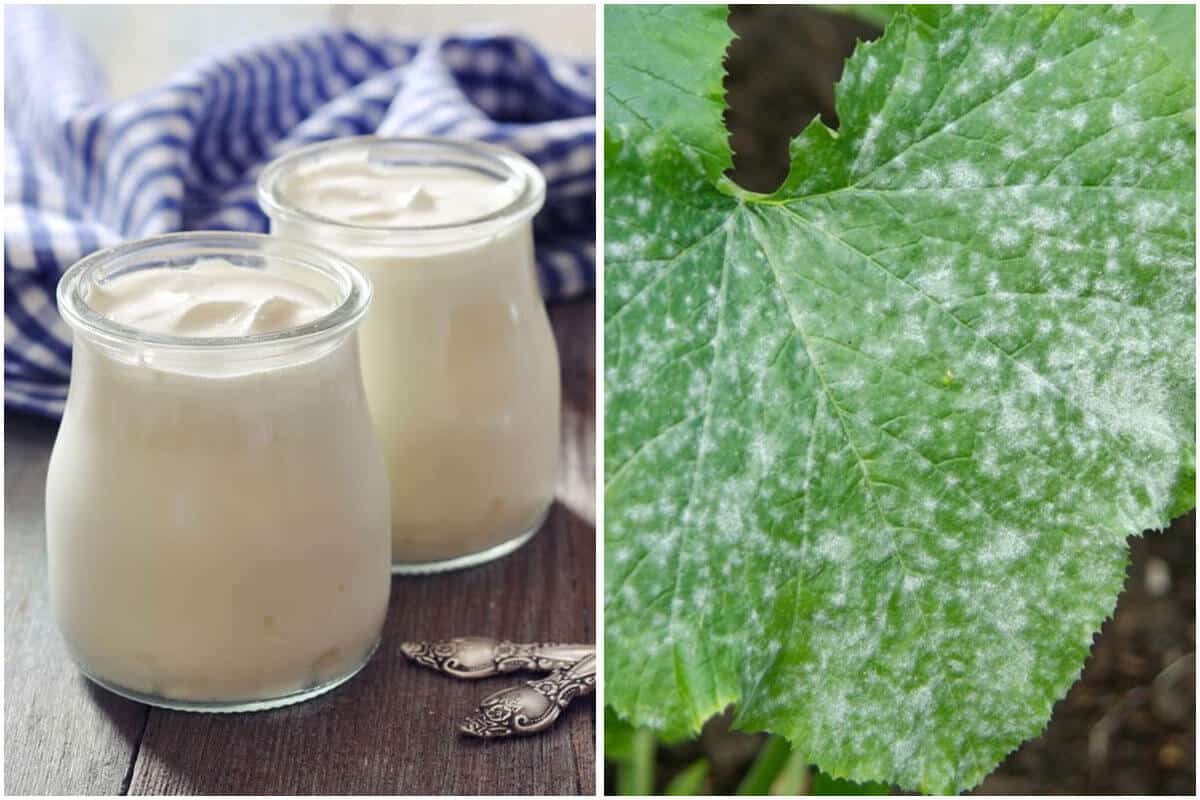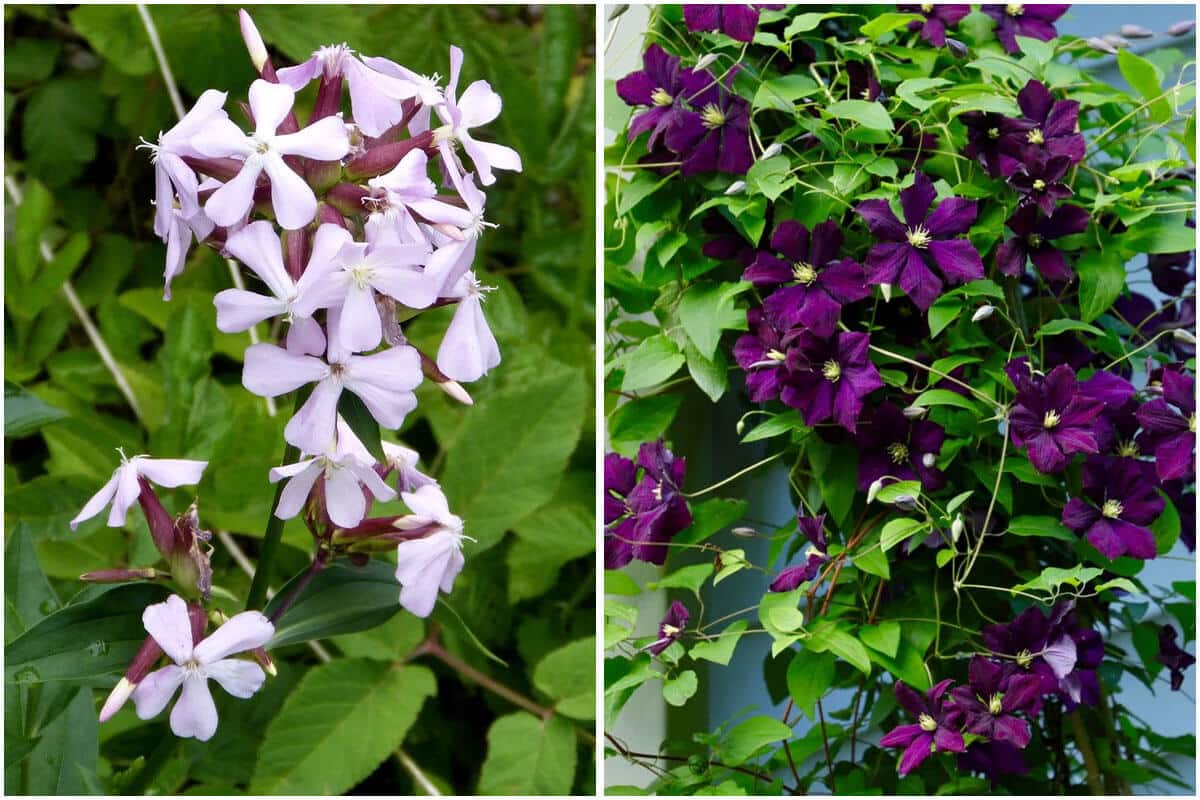Do you know your garden is hiding a secret about all sorts of nutritional and medicinal weeds? They can treat many diseases such as curing heartburn, cystitis, coughs, and more. In addition, they also contain high protein, vitamins, and minerals, these are essential nutrients for health. Unfortunately, their effect is not well known, so most people simply dig them up, mow them down or kill them in various ways.
That is the reason why in the post today, we want to share the name of the 17 edible weeds with extraordinary health benefits. Save them to know what’s really growing in your backyard and you will need them. Because they can be used as delicious and fresh herbs or vegetables for daily meals. A lot of tasty dishes are waiting for your recipes with these edible weeds here.
#1 Chicory (Cichorium Intybus)

This light blue flower lives as a wild roadside plant. It has a bitter taste, chicory leaves are commonly consumed in certain parts of Europe, including Italy and Greece. Roots can be baked, ground, and added to coffee or even used on their own as a coffee substitute. Chicory is well known for its toxicity to internal parasites and can also be used as a tonic to stimulate appetite, act as a diuretic, cure an upset stomach and help with constipation. It’s believed to protect the liver and help with gallbladder disorders.
#2 Curly Dock (Rumex Crispus)

Curly dock is one of the hardiest and most widespread weeds. The leaves are high in beta-carotene, vitamin C, and zinc ensuring good immunity, and the seeds are rich in calcium and fiber. The stems of the curly dock can be peeled and eaten either cooked or raw, and the mature seeds can be roasted to make an earthy, warm drink.
#3 Daisies (Bellis Perennis)

Not just for making daisy chains, the greens and petals of this common garden flower can be eaten either raw or cooked, although some find the flavor a little bitter. Daisies have been brewed into a tea and used in traditional Austrian medicine for gastrointestinal and respiratory tract disorders. They also have anti-inflammatory properties.
#4 Dandelion (Taraxacum)

The humble dandelion is actually bursting with vitamins A, B, C, and D, as well as minerals such as iron, potassium, and zinc. Every part of this common weed is edible, from the roots to the blossoms. Use the leaves in sandwiches and stir-fries. Roots can be made into a herbal tea, or roasted and ground as a coffee substitute. The sweet flower heads will add color to salads and can be used to make wines. Dandelion has been used throughout history to treat everything from liver problems and kidney disease to heartburn and appendicitis. Today, it is mainly used as a diuretic, appetite stimulant, and for the liver and gallbladder.
#5 Garlic Mustard (Alliaria Petiolata)

Part of the mustard family, this particular plant is considered an invasive species in North America. However, it brings with it a lot of great health benefits – aside from being a good source of vitamin A and C, Garlic Mustard is popular as a diuretic, helps with weight maintenance, improves heart health, lowers cholesterol, and strengthens the immune system.
#6 Elderflowers (Sambucus Nigra)

The flowers can be collected in spring to make elderflower cordial, soda or champagne. With a refreshing, mild taste, they’re great when paired with apple or pear. Dry the flowers in bunches to make tea. The leaves, flowers, fruits, and root extracts are used by herbalists to treat bronchitis, cough, colds, flu, and fever. Studies have shown that the wild plant is effective in treating influenza.
#7 Lamb’s Quarters (Chenopodium Album)

This rapidly growing summer weed produces the protein-rich superfood. Much like their cousin, the seeds of lamb’s quarters are a great source of protein, along with providing vitamin A, calcium, phosphorus, and potassium. Whether raw or sautéed, they make a great replacement for spinach and are just as nutritious. Medicinally, a tea made from the leaves is said to help with digestion issues and stomach aches.
#8 Common Mallow (Malva)

Tea made from common mallow root forms a gelatinous mixture, which is soothing for the digestive and genitourinary tracts. Like many of the other weeds listed, the leaves are better tasting when eaten young and can be cooked in place of other greens. The seed pods are also edible and contain an impressive 21% protein.
#9 Purslane (Portulaca Oleracea)

Purslane contains more omega-3 fatty acids than any other leafy vegetable. It’s rich in vitamins A, C, E as well as magnesium, calcium, potassium, and iron. In traditional Chinese medicine, purslane leaves are used for insect bites and bee stings, sores, diarrhea, and hemorrhoids. With a somewhat sour and salty flavor, it’s an acquired taste but works great in soups and stews.
#10 Plantain (Plantago Major)

This common weed can be used topically to treat burns, stings, and other wounds. While the young leaves are tasty either raw or cooked, the older leaves are a bit tough and unpleasant tasting. It contains high vitamin A, vitamin B1, and riboflavin. Research shows plantain is beneficial in treating bronchitis, sore throats, and cold symptoms.





